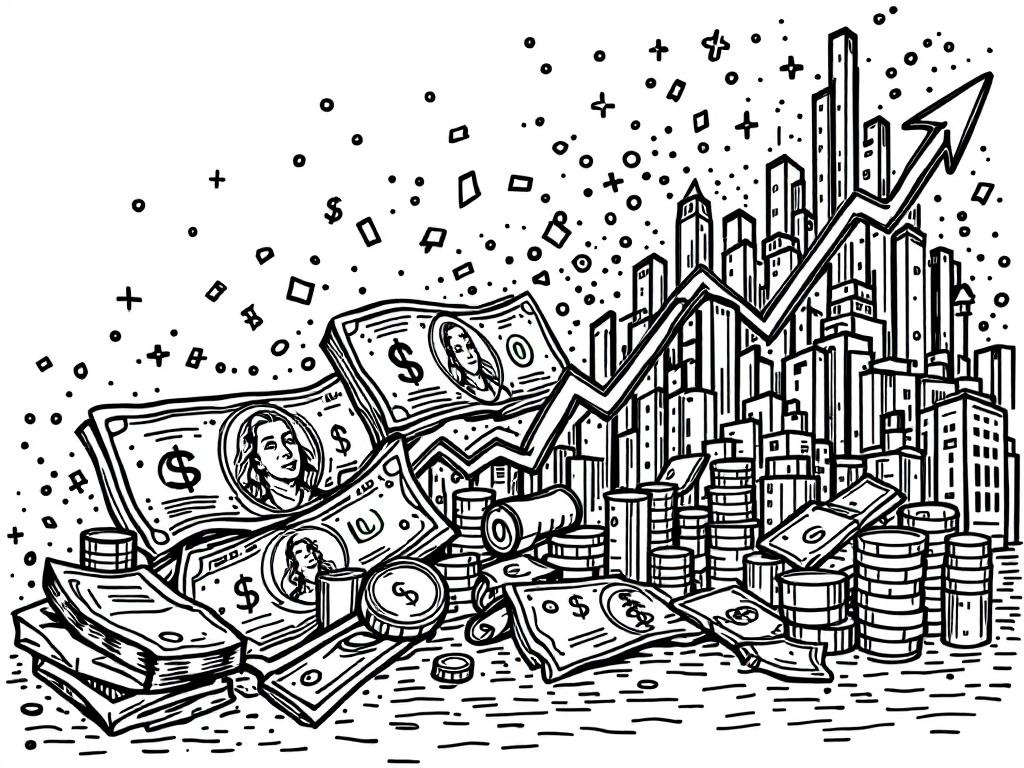U.S. Economy Contracts More Than Expected in Early 2025

Washington, D.C., Thursday, 26 June 2025.
The U.S. economy experienced a 0.5% contraction from January to March 2025. Revised GDP figures reflect the impact of tariffs, with economists anticipating potential policy shifts.
Impact of Tariffs and Economic Indicators
The revised estimate from the U.S. Commerce Department emphasizes that the U.S. economy shrank at a 0.5% annualized rate in the first quarter of 2025, a more severe contraction than the earlier estimate of a 0.2% decline. This contraction is primarily attributed to President Donald Trump’s tariffs, which have disrupted business activities and sapped economic confidence [1][2]. As imports surged by 37.9%, the fastest rate since 2020, the trade deficits drove down the GDP by nearly 4.7 percentage points [3][4].
Consumer Spending and Government Expenditure
Consumer spending only increased by 0.5% from January to March 2025, a significant slowdown from the 4% growth observed in the previous quarter. This deceleration marks the lowest rate since the end of the COVID-19 pandemic. The uncertainty surrounding tariff policies led consumers to tighten their spending habits [1][3]. Additionally, federal government spending fell at an annual pace of 4.6% during the same period, the sharpest decline since 2022, further compounding the economic slowdown [4][5].
Future Implications and Economic Forecast
Looking ahead, economists predict a rebound in the second quarter of 2025, with growth expected to recover to a 3% annual rate as businesses adjust to the new tariff environment [1][2]. However, uncertainties remain, particularly regarding inflationary pressures as tariffs likely lead to higher costs for consumers and businesses [6][7]. The Commerce Department is set to release the initial estimate for Q2 GDP growth on July 30, 2025, which should provide clearer insight into the trends shaping the U.S. economy [3].
Analysts’ Perspectives on Economic Conditions
Economic analysts, including those from Oxford Economics and the Conference Board, highlight the troubling nature of declining real final sales to private domestic purchasers, which experienced a growth rate of only 1.9% in Q1 2025, down from 2.9% in the previous quarter [4][5]. Despite these setbacks, Federal Reserve Chair Jerome Powell has indicated that businesses’ early inventory buildup may have delayed some of the immediate inflationary impacts of tariffs, suggesting a cautious optimism about future adjustments in trade dynamics [6][7].
Sources
- abcnews.go.com
- apnews.com
- www.cbsnews.com
- finance.yahoo.com
- www.marketwatch.com
- www.cbc.ca
- www.cnn.com